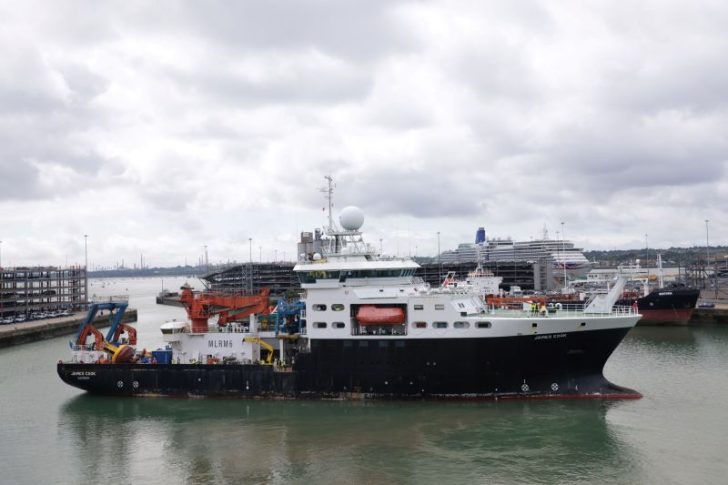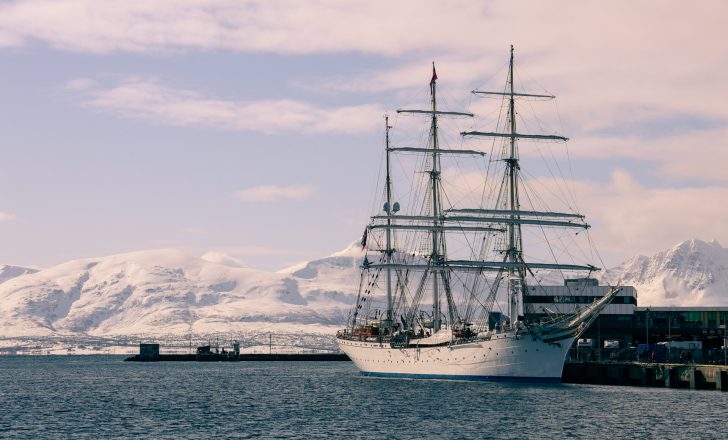The deep-sea is a world most of us will never see, yet it holds the keys to our planet’s health. This week, the RRS James Cook set sail from Southampton on its 40th voyage to the Porcupine Abyssal Plain, located about 500 kilometers west of Ireland.
For the next four weeks, scientists will study what is happening nearly 5,000 meters below the surface.
The focus is on understanding how climate shifts on the surface affect deep-sea ecosystems. Recent heatwaves, especially around the UK and Irish waters, have raised alarm bells. Parts of the ocean are now 4°C warmer than usual, and the impact is not limited to shallow waters. What happens up top matters down below.

GTN / The focus of the voyage is on long-term ecological changes in the deep ocean, particularly how surface conditions (e.g., recent heatwaves) affect deep-sea ecosystems.
At these depths, sunlight doesn’t reach, but life thrives. Creatures rely on organic particles falling from above for food. When heat disrupts surface conditions, it may change how much food sinks to the deep. Less food means big problems for the organisms that live there, many of which help store carbon and keep ecosystems balanced.
The Deep-Sea Is Changing in Real Time
The deep-sea doesn’t respond overnight, which is why this long-term mission is vital. Forty years of data lets scientists spot patterns, changes, and threats. Every year, the puzzle gets clearer.
Unlike past expeditions that relied on winches, mud samplers, and nets, today’s missions are tech-heavy. The James Cook carries robotic gliders, hydrophones, and submersibles. These tools can glide underwater for days, measuring temperature, carbon dioxide, and salinity in real-time.
This live data gives scientists a better understanding of how the deep-sea reacts to surface changes. No more waiting weeks to analyze samples back on land. Now, they can spot issues as they unfold and adjust their research on the fly.
Hydrophones are a new ear in the deep. These underwater microphones record everything from whale calls to the rumble of underwater landslides. They even pick up human-made noises from ships and industrial activity.

ESA / Ben Walker, a master’s student from the University of Southampton, is part of the crew.
He is studying a species of amphipod, tiny, shrimp-like creatures, first spotted during the very first Porcupine mission decades ago. His research links past and present, giving insights into how long-term changes may be affecting this oddball species.
But this is not just about curious sea life. The expedition is happening as worries grow about human activities like deep-sea mining and bottom trawling. These practices rip up habitats and threaten the creatures that live there.
More than that, they also put global carbon storage at risk. Many of these organisms help trap carbon deep in the ocean, locking it away for centuries.
Without them, more carbon stays in the atmosphere, which fuels warming even further. It is a dangerous loop. That is why missions like this matter. They are not just academic. They inform policy, shape environmental protections, and raise red flags before damage becomes irreversible.
Dr. Gates, one of the lead researchers, summed it up nicely. The ocean is a system from top to bottom. What changes on the surface doesn’t stay there. It ripples down to the seabed, impacting creatures and systems we barely understand.